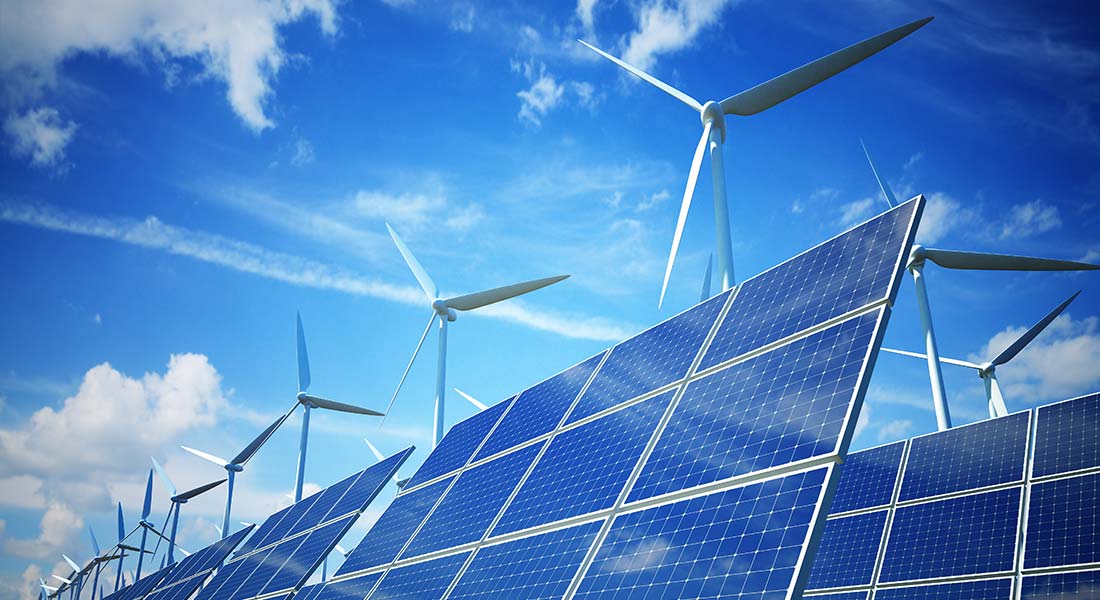The transition toward a clean energy future is well underway in all areas of the United States. Large corporations, small businesses, and consumers are embracing renewable energy resources to reduce their carbon footprint and protect the environment.
As the adoption of renewable energy increases, so does the need for new jobs related to manufacturing, installing, and maintaining these resources. This gives our nation’s workforce opportunities to learn new trades and land good-paying jobs, which can directly boost local economies and positively affect our national economy. If you want information about renewable energy, including what it entails and how it is used, keep reading this Balboa Capital blog article. It features clean facts about renewable energy.
What is renewable energy?
Renewable energy is energy derived from natural resources such as sunlight, wind, tides, and geothermal heat that are naturally replenished. It is considered “green” or “clean” because it does not produce the same level of pollutants as traditional energy sources do. Renewable energy is also sustainable because it can be used repeatedly without depleting it.
With its many advantages, renewable energy has become an increasingly popular source of electricity for businesses and homes across the United States.
Types of renewable energy sources.
Renewable energy sources are becoming increasingly important as we strive to reduce our carbon footprint and protect the environment. The main types of renewable power sources are solar power, wind energy, biomass energy, hydropower, and geothermal energy.
Solar power, also called solar energy, involves the use of special cells on solar panels that turn sunlight into electricity. You may have seen solar panels on rooftops in your neighborhood or parking lots, schools, farms, or commercial spaces.
Wind energy is produced on land and in oceans and large lakes in locations where wind flows. Tall cylindrical structures are installed and equipped with wind turbines at the top. Turbines are large propeller-like blades that rotate and generate electricity.
Biomass energy is created from plant-derived materials, such as food waste, wood, grass clippings, tree branches, and leaves. Biomass technologies convert these renewables into heat, electricity, and liquid fuels.
Hydropower, as the name implies, generates electricity from the flow of moving water in dams, reservoirs, or lakes. As the water flows, it causes turbines to rotate. Finally, the turbines are connected to generators that produce electricity.
Geothermal energy is heat generated far below the surface of the Earth. For example, hot steam from underground reservoirs of hot water can be transferred through pipes to a power plant, where it produces electricity.
Funding renewable energy projects for businesses.
Renewable energy projects present businesses with a cost-effective and sustainable way to power many aspects of their operations. However, the upfront costs of these projects can be prohibitive for many companies, particularly those that need more working capital for investment purposes.
Fortunately, there are options available to secure funding for renewable energy projects. These include government grants, loans and financing, and private investments. In addition, many banks and direct business lenders also offer loans and financing products for projects, equipment, and technology. Some equipment dealers and vendors in the clean energy space also partner with equipment financing companies to structure and deliver financing solutions for their customers.
Risks of investing in renewable projects.
With all the positives associated with renewable energy projects, they come with certain risks. These include the cost of installation, the unpredictability of weather conditions, and the potential for technological failure of mission-critical components. In addition, projects, upon being installed, need to be regularly monitored to ensure they are working correctly. Depending on the size and scope of the project, and its location, the cost of regular maintenance can be high.
The ABCs of the EERE.
The United States Department of Energy’s (DOE) Office of Energy and Efficiency and Renewable Energy (EERE) is a federal agency that promotes energy efficiency and renewable technologies in our country. The EERE works to develop, demonstrate, and deploy next-generation solutions that reduce greenhouse emissions, create jobs, and improve the quality of life for all Americans. The EERE also provides funding for research and development projects related to clean energy sources.
Balboa Capital, a Division of Ameris Bank, is not affiliated with nor endorses the United States Department of Energy (DOE) or the Office of Energy and Efficiency and Renewable Energy (EERE). The opinions voiced in this material are for general information only and are not intended to provide specific advice or recommendations for any individual.
